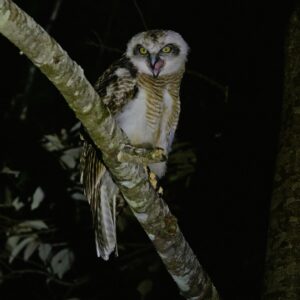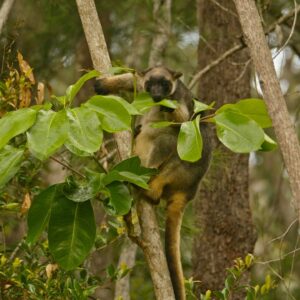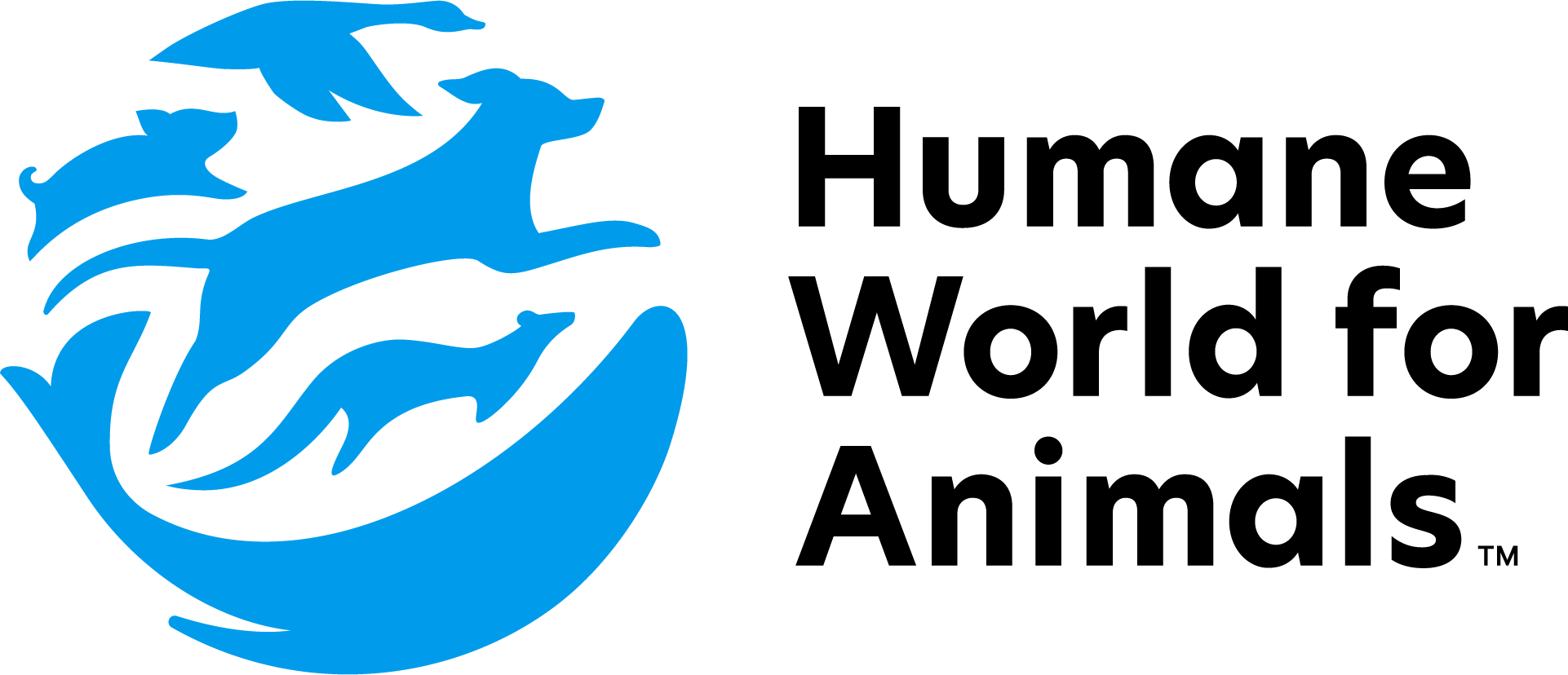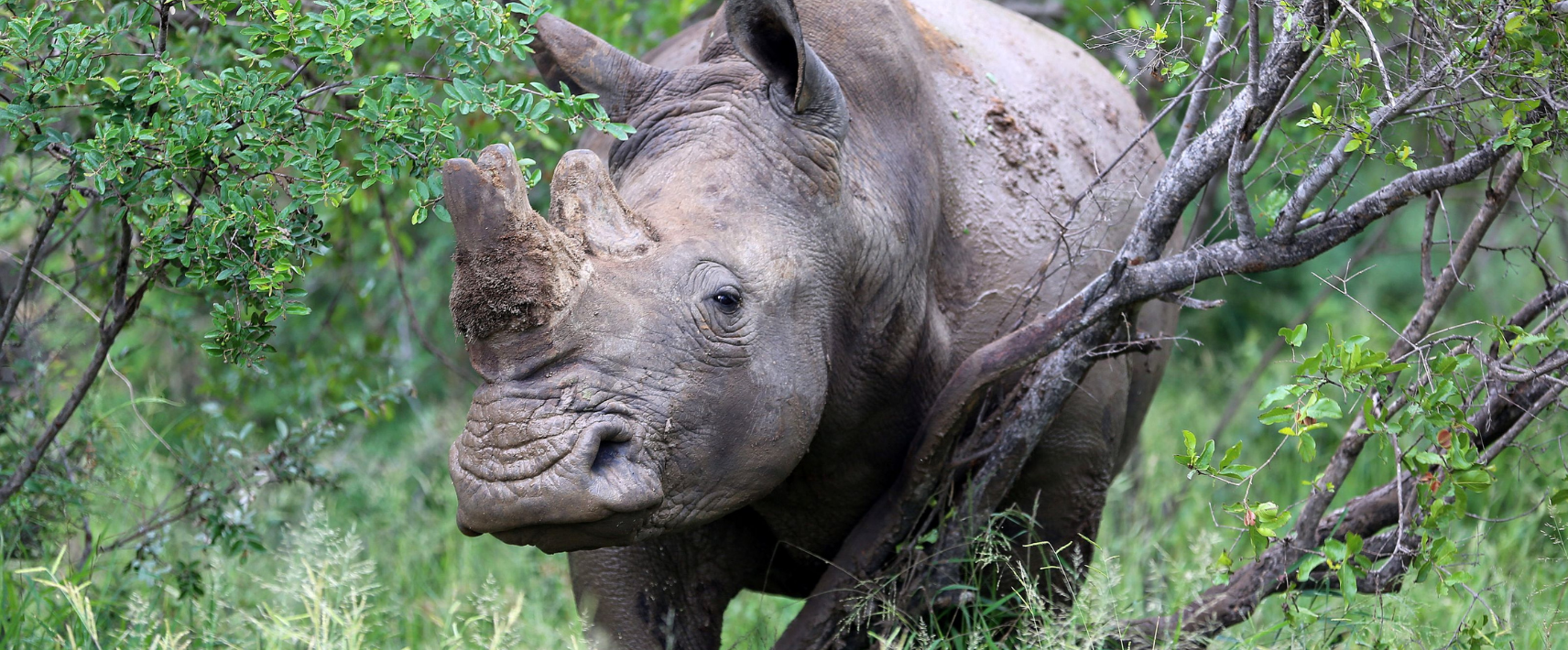One of the most important global meetings on wildlife trade has just wrapped up in Uzbekistan. It’s capital city Samarkand was where governments convened for the 20th Conference of the Parties (CoP20) to the Convention on International Trade in Endangered Species of Wild Fauna and Flora (CITES) to decide how international trade should be managed for some of the world’s most threatened...


Left: Rufous owl (Ninox rufa), Right: Lumholtz’s tree kangaroo (Dendrolagus lumholtzi) high in the trees.
Photo credits: Geoff Spanner and Rosemarie Roger
Dendrolagus Nature Refuge
Queensland • WONDECLA
“Dendrolagus” is the scientific name for the genus of tree kangaroos. The reason we chose this name for our refuge is to honour the tree kangaroos
that sometimes visit us.
We were fortunate to watch a wild Lumholtz’s tree kangaroo joey from the time her tiny head looked out from her mother’s pouch until she had a joey of her own. We named her Mabi, one of several local Aboriginal names for tree kangaroos.
The story of Mabi’s younger years was the subject of a film we did for several broadcasters including National Geographic Wild and was streamed on SBS and screened on National Indigenous Television (NITV) in February 2025.
From the moment we first looked at this 6.7-hectare property, we knew it was where we would spend our future. Here at 1,100 metres in altitude and towards the western slopes of the Atherton Tablelands, rainforest has faded to Tropical Wet Sclerophyll Forest, an Endangered forest type in Australia. The three dominant tree species are red mahogany, turpentine and rose gum, which provide shelter and food for an incredible number of mammal species besides tree kangaroos. Green and lemuroid possums, greater, sugar and feathertail gliders, echidnas and pademelons as well as many small mouse-like creatures have all been spotted here.
But possibly our most renowned species is the Northern yellow-bellied glider whose screaming call occasionally punctuates the night. Across a narrow dirt track, lies a scientific reserve set up primarily for the conservation of this remarkable species. Red mahoganies grow in abundance here as a valuable food source for them, while huge old growth rose gums shelter them during the day. The rich mammal fauna in turn attracts rufous and lesser sooty owls.
While nocturnal mammals snooze, the forest of Dendrolagus Nature Refuge provides for many bird species including riflebirds, bowerbirds, king parrots, rosellas, golden whistlers and several honeyeater species. We have even had a singular visit from a curious cassowary who left obvious calling cards along the tracks.
In the six years since we acquired our beautiful home, Rosemarie has removed all the lantana and other weeds, and we have removed fencing wire. We have also planted indigenous plants to fill a few small gaps left over from farming in the past. What remains is proof that small properties can be important conservation areas.
Geoff Spanner and Rosemarie Roger
Members since 2021


